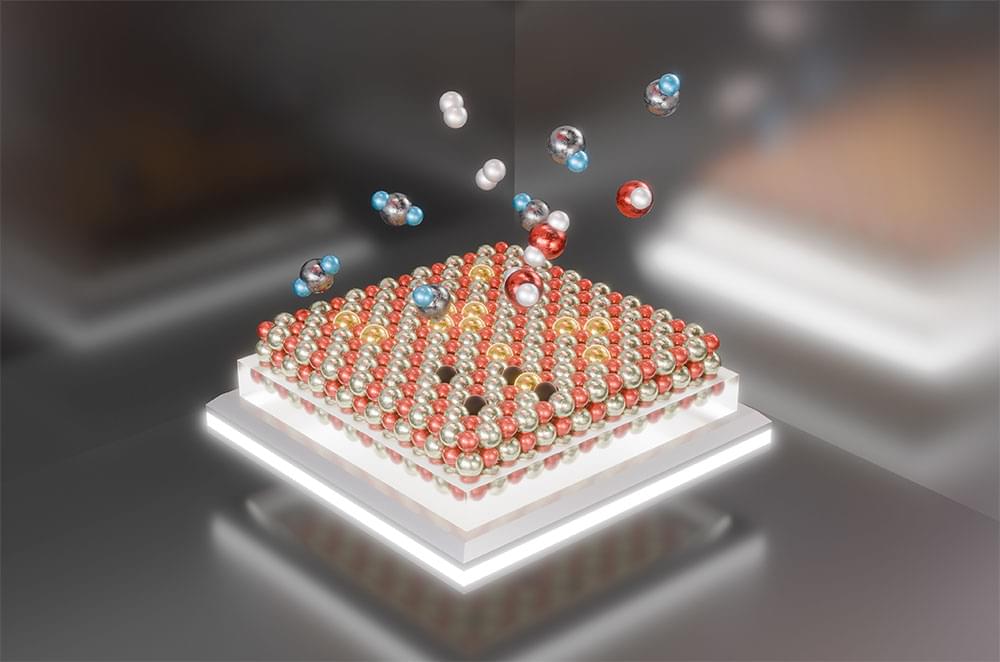Quantum simulators are now addressing complex physics problems, such as the dynamics of 1D quantum magnets and their potential similarities to classical phenomena like snow accumulation. Recent research confirms some aspects of this theory, but also highlights challenges in fully validating the KPZ universality class in quantum systems. Credit: Google LLC
Quantum simulators are advancing quickly and can now tackle issues previously confined to theoretical physics and numerical simulation. Researchers at Google Quantum AI and their collaborators demonstrated this new potential by exploring dynamics in one-dimensional quantum magnets, specifically focusing on chains of spin-1/2 particles.
They investigated a statistical mechanics problem that has been the focus of attention in recent years: Could such a 1D quantum magnet be described by the same equations as snow falling and clumping together? It seems strange that the two systems would be connected, but in 2019, researchers at the University of Ljubljana found striking numerical evidence that led them to conjecture that the spin dynamics in the spin-1⁄2 Heisenberg model are in the Kardar-Parisi-Zhang (KPZ) universality class, based on the scaling of the infinite-temperature spin-spin correlation function.








